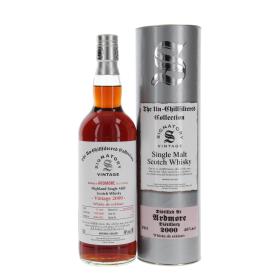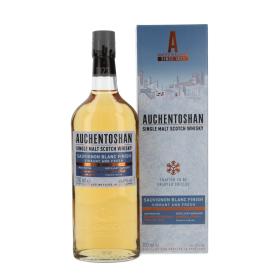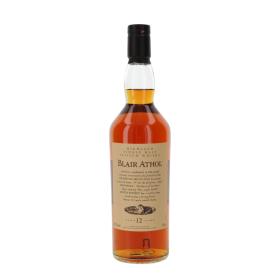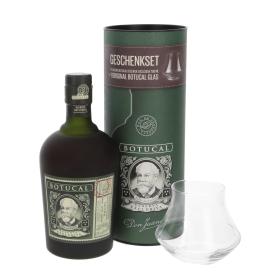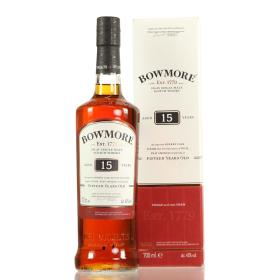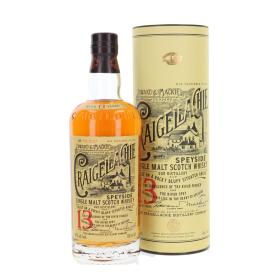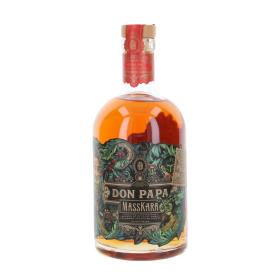How Whisky found its Way into our Living Rooms
Even the ancient Egyptians knew the principle of distillation before our era. But they distilled perfume and not drinkable alcohol. Whether one or the other priest knew something? We no longer know today.
With the rise and fall of the Greek and Roman empires, this knowledge of distillation was lost. The dominant alcoholic beverage at that time was wine, which came into being almost by itself. It ripened well under the strong Mediterranean sun and fermentation required little intervention.
It was more difficult in the cold north of the Alps. Although the Romans brought the art of winemaking with them, the alcohol content was limited by the low sugar content due to the lack of sun. On the other hand, the acidity was very high. Many medieval knights and noblemen suffered from various 'body stones' that grew in the body due to the large consumption of wine. Even today, these stones, up to the size of a fist, are found in medieval graves - ouch!
Ancient knowledge decayed in the dark Middle Ages and only in the monasteries were the achievements of the Egyptians, Greeks and Romans preserved. The Romans' expansionism led to the expulsion of the Celts. Originally also native to Bavaria, they had to give way to superior power and retreat further and further to the northwest. So it is not surprising that in the 11th century it was Celtic monks who brought the art of distillation with them on their long journey to Ireland.
On this rain-soaked, blustery cold island, almost no wine grew. They had to be content with beer made from fermented barley. Barley is the only cereal that contains large quantities of the important enzyme that breaks down starch into sugar, which is then fermented by yeasts. This was not feasible with the native oats.
But after a few hundred years of selection, barley produced good yields and in 1494 whisky was first mentioned in Scotland. In 1608, the first distillery in Ireland, Bushmills, was documented. On the continent, on the other hand, people distilled from wine. The French in the region around the small town of Cognac were the first to do so. All the noble houses, including those in Ireland and Scotland, obtained cognac from France.
At the end of the 18th century, a parasite called phylloxera was introduced into France. Within a few years, the louse multiplied explosively and destroyed more than 50% of the wine harvest in French Cognac. As is well known, the shirt is closer than the jacket and so the Scots were left empty-handed in the cognac supply in the years to come. Imagination was needed and so an unknown Scot came up with a bright idea. Why not store whisky similar to cognac in disused sherry casks? After the sherry was served, the barrels were left over anyway and in the best case, the sherry aroma in the whisky would lead to a cognac-like taste.
But after a few hundred years of selection, the barley produced good yields and in 1494, Whisky was mentioned in Scotland for the first time. In 1608, the first distillery in Ireland, Bushmills, was documented. On the continent, on the other hand, people distilled from wine. The French in the region around the small town of Cognac were the first to do so. All the noble houses, including those in Ireland and Scotland, obtained cognac from France.
At the end of the 18th century, a parasite called phylloxera was introduced into France. Within a few years, the louse multiplied explosively and destroyed more than 50% of the wine harvest in French Cognac. As is well known, the shirt is closer than the jacket and so the Scots were left empty-handed in the cognac supply in the years to come. Imagination was needed and so an unknown Scot came up with a bright idea. Why not store whisky similar to cognac in disused sherry casks? After the sherry was served, the barrels were left over anyway and in the best case, the sherry aroma in the Whisky would lead to a cognac-like taste.
Excise Act 1823
Due to the growing popularity of whisky and the resulting increase in demand for the water of life, the illegal trade, the 'smuggling', also increased. Because, of course, trading was faster and also cheaper if you didn't take the authorities into account. Many of these illegal and also very good distilleries were located on the Duke of Gordon's land. The disregard for the law motivated the Duke to propose in the House of Lords that the government should make it profitable to produce whisky legally.
In 1823, the 'Excise Act' was finally passed, authorising the distillation of whisky in return for a licence fee of ten pounds and a fixed payment of two shillings and three pence per gallon of raw spirit produced. The operators of illegal distilleries took this opportunity to legalise their activities for small money. Soon smuggling had almost completely died out and distilleries could produce whisky without fear of the long arm of the law. And they did so very successfully. In fact, many of today's distilleries are located in places that were used by smugglers more than two centuries ago, including Glenlivet, Cardhu, Glendronach, Macallan, Bowmore, Highland Park, Lagavulin and Tobermory.
The success was overwhelming and with the advancing industrialisation and the machine production of the glass bottle, the triumphant advance of whisky over the world could begin. We have the ancient Egyptians, the Celtic monks and an unknown resourceful Scot to thank for the whisky bottle in our living room. - Here's to you!


